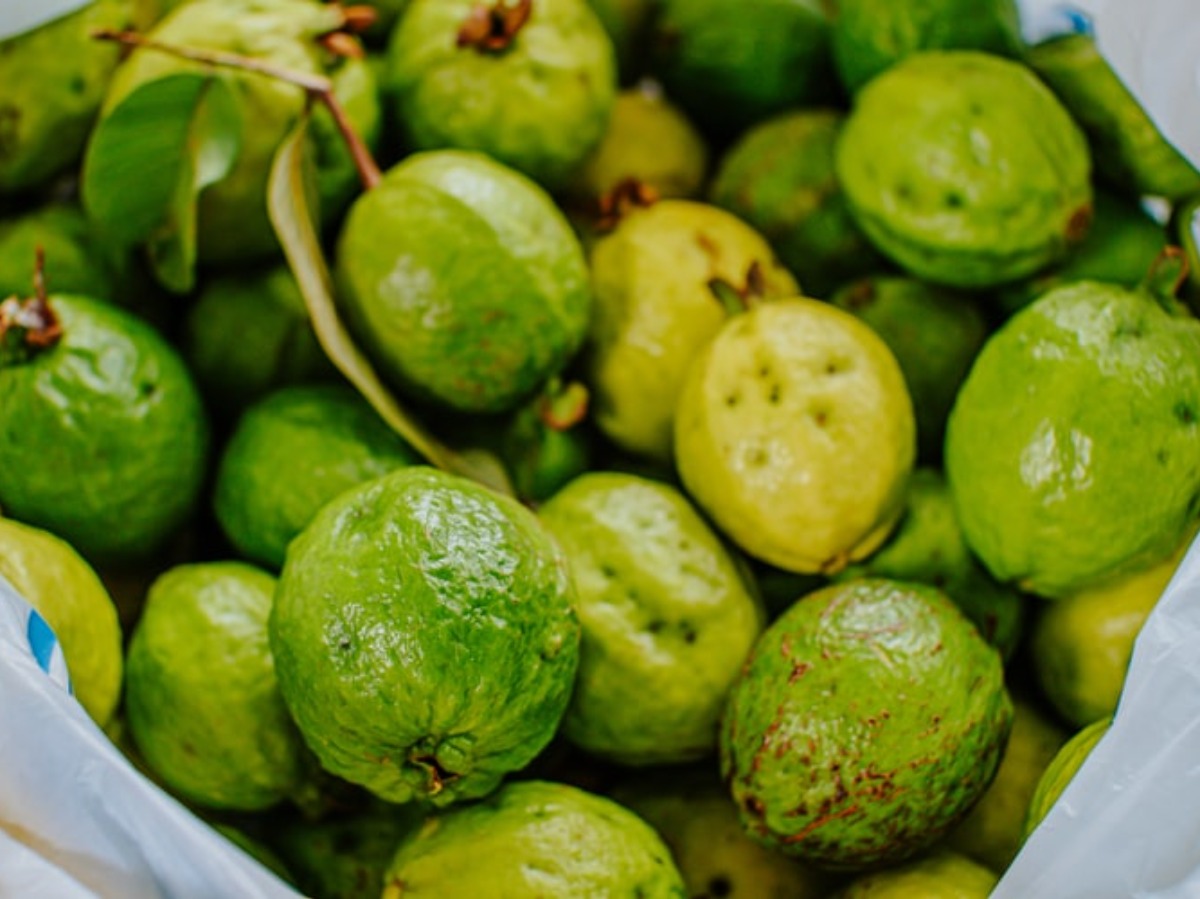Explained: Why High Temperature And Humidity Are A Deadly Combination
India is baking in deadly heat waves and sweltering heat as the nation has already experienced its hottest ever in 122 years by breaking 56 all-time records for a heatwave. Several places across India have already breached the 45 degree Celsius and is predicted to get even worst in the coming days.

India is experiencing deadly heat wave and sweltering heat as the nation has already experienced its hottest ever in 122 years by breaking 56 all-time records for a heatwave. A couple of places have already breached the 49 degree Celsius and is predicted to get even worst in the coming days.
Since March 2022, the heat waves looming across South Asia but are not as fatal as were in 2015, when thousands of deaths were reported. Recently, a media report published in the Indian Express suggests that humidity plays an important role in heat and temperature and distinct outcomes.
 BCCL
BCCL
The increased temperatures bring several negative impacts on humans and the environment like crop failure, loss of labour productivity, wildfires, droughts etc. In 2021, a report published by the Lancet Countdown on Health and Climate Change released states that India, along with Bangladesh and Pakistan, recorded the highest losses to work hours (295 billion hours) due to heat exposure in the year 2020.
What are Heat Waves?
A heatwave is a period of unusually high temperatures, more than the normal maximum temperature that occurs in the summer season.
According to the India Meteorological Department (IMD), ¡°the situation of heatwaves arises when the maximum temperature touches at least 40 degrees celsius or more in plains and 37 degrees Celsius or more in coastal regions and at least 30 degrees Celsius or more in hilly regions.¡±
With this air temperature, the human body could not support and in some cases, it can be fatal as well. The growing population and global warming are making many parts of India more exposed to heat.
The Urban Heat Island contributes to increased temperatures within cities. The phenomenon of Urban Heat Island takes place when the natural land cover of cities is replaced by concrete pavement, buildings etc. that absorb and retain heat.
Role of humidity in making heat deadly
 AFP
AFP
According to the IPCC report AR6, the humidity is significant while estimating the physiological stress that extreme heat places on the human body. To measure extreme heat exposure, the ¡°wet-bulb temperature¡± is used rather than the ¡°dry bulb temperature¡±, which is usually measured with a regular thermometer.
As stated by the report ¡°continuous¡± exposure to wet bulb temperatures above 35¡ãC is deadly, while ¡°continuous¡± exposure to temperatures above 32¡ãC is dangerous for intense physical activity.
What is a wet-bulb temperature?
The temperatures taken with a thermometer covered in a wet cloth are called wet-bulb temperatures. It is comparatively cooler than dry-bulb temperatures.
Joy Merwin Monteiro, climate scientist, Department of Earth and Climate Science at IISER, Pune explains that the temperature of a moist bulb is often lower as compared to the temperature of a dry bulb. When the air turns dry, the distinction between the two increases dramatically.
The human body can bear very high temperatures (over 50 degrees celsius) if humidity is low while the human physique cannot support temperatures of around 35 degrees Celsius with high humidity. In this situation, the body (even a healthy person) cannot be cool down by sweating.
When humans cannot cool themselves down
Generally, humans lose warmth produced inside their bodies in the form of sweat. The sweat evaporates on the pores and skin. Now, the cooling created by this evaporation is very crucial to support a safe body temperature. In the situation of increased humidity, sweat does not evaporate and makes it difficult for the body to manage the temperature. This causes discomfort in the body.
 AFP
AFP
Tapio Schneider, a professor of environmental science and engineering at the California Institute of Technology, said that sweating is ¡°a very effective means of cooling, but it's crucial that the sweat can actually evaporate. It¡¯s really a hard limit for survivability. You can die just by sitting there. You don¡¯t need to move or do anything else. There¡¯s simply no way to cool and you overheat.¡±
Colin Raymond, a lead author of a 2020 study into humidity, said, ¡°Physiologically, there's a point when heat and humidity will become not just uncomfortable, but actually impossible to acclimate.¡±
Raymond warned that this is worsening the situation and said that many studies projected that this will happen after several decades but this shows that it's happening right now.
For more on news and current affairs from around the world please visit Indiatimes News.








